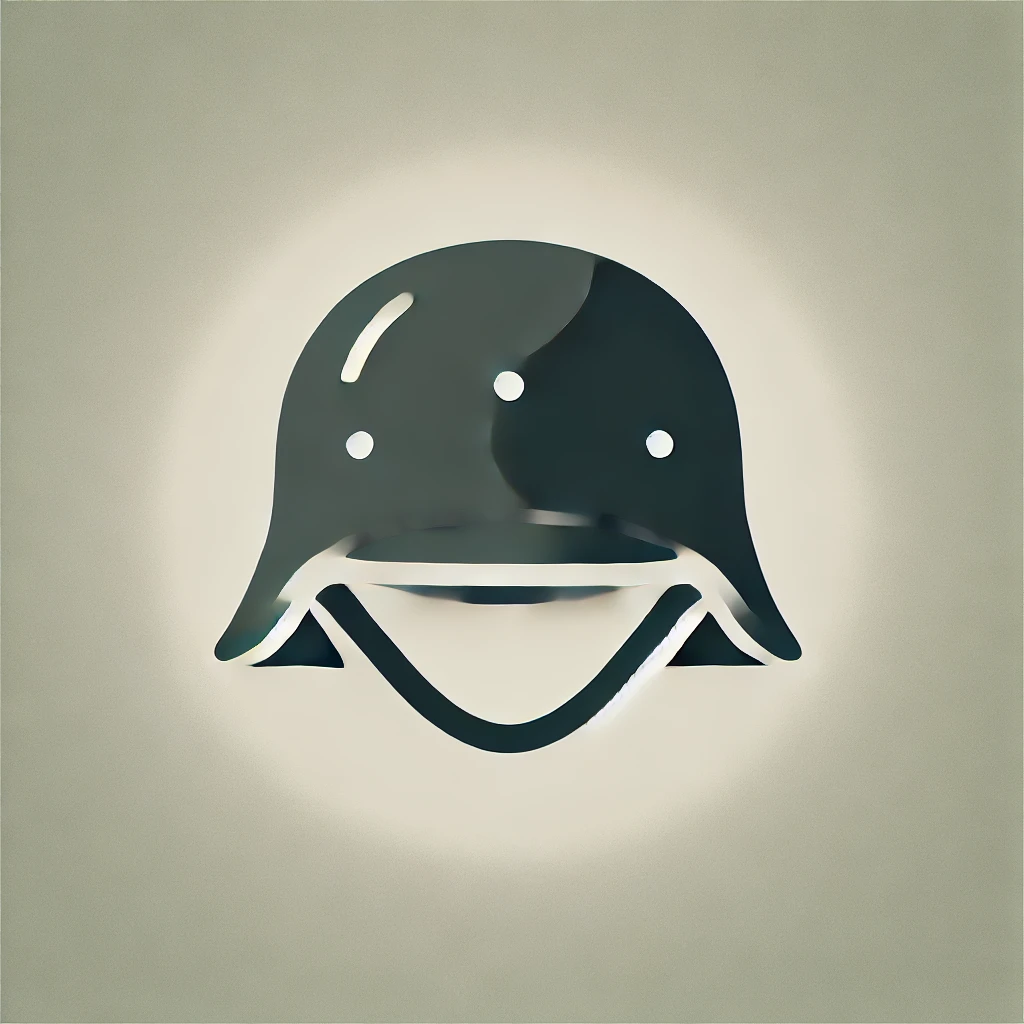
The Evolution of British Military Camouflage(Updated)
Published on Feb 05, 2025
We explore the history and patterns of British military camouflage. We look at how it has changed to meet the needs of modern warfare while respecting its rich history.
A Brief History of British Military Camouflage
The idea of camouflage in the British military goes back many years. However, it was officially adopted in the early 1900s. During World War I, soldiers wore khaki uniforms to blend into the muddy trenches of Europe. The UK started testing disruptive patterns during World War II. This was done to confuse enemy observers.
The WW2 RAF uniform used soft greens and browns. This was for pilots and ground crew in Europe. While not strictly camouflage by today’s standards, these uniforms laid the groundwork for future designs.
After the war, new ideas grew quickly during the Cold War. This led to the creation of the famous Disruptive Pattern Material (DPM) in the 1960s.
Key Camouflage Patterns of the British Army
1. Disruptive Pattern Material (DPM)
Introduced in the 1960s, DPM became synonymous with British forces for decades. Its irregular brown, green, and black shapes were designed to break up a soldier’s silhouette in woodland environments. Variations like Desert DPM emerged during the Gulf War, featuring sandy hues to match arid landscapes.
2. Multi-Terrain Pattern (MTP)
In 2010, the British Army replaced British DPM with the Multi-Terrain Pattern (MTP), influenced by the American MultiCam. MTP’s mix of greens, tans, and browns helps it fit into many places. It works well in Afghan mountains and European forests. Its effectiveness lies in its scalability, working equally well at close range and long distances.
3. Specialized Camouflage
Special forces and snipers often use ghillie suits, customized with local vegetation for maximum concealment. Also, new developments in infrared (IR) technology have created camouflage fabrics. These fabrics can hide from night-vision equipment, which is important for modern stealth operations.
How British Camouflage Compares Globally
British designs like MTP prioritize versatility, unlike nation-specific patterns such as the U.S. MARPAT or Russian Flora. This flexibility showcases the UK's worldwide military responsibilities, necessitating rapid soldier deployment from tropical jungles to metropolitan environments.
The British Army’s camouflage is unique because it has a long history. You can still see parts of DPM in MTP. This shows a mix of tradition and new ideas.
Camouflage and Rank: Blending Leadership with Practicality
While camouflage focuses on concealment, British officer uniforms subtly incorporate rank insignia. For example, officers in the field wear low-key patches or badges on their camouflage gear. This helps leaders stay visible while keeping safety intact. This balance between hierarchy and practicality is a hallmark of the British military hierarchy.
The Role of Camouflage in Modern Conflicts
In Afghanistan, MTP proved invaluable for troops navigating rocky terrains and green zones. Its design reduces the “visual signature” of soldiers, making them harder to spot both day and night. Similarly, during training exercises in Salisbury Plain, DPM’s woodland palette remains effective for conventional drills.
From Battlefield to Heritage: Camouflage in British Culture
Beyond the military, British camouflage patterns have influenced fashion and civilian apparel. However, their true legacy lies in their contribution to national security. Regiments like the Royal Gurkha Rifles and Parachute Regiment wear their camouflage with pride. This shows their important role in the British Army's history.
Frequently Asked Questions
Q: What camouflage does the British Army use today?
A: The standard issue is the Multi-Terrain Pattern (MTP), used across all terrains since 2010.
Q: Did British soldiers use camouflage in World War II?
A: Yes, but patterns were less standardized. The WW2 RAF uniform used earth tones, while ground forces relied on khaki and disruptive smocks.
Q: How is British camouflage different from other nations?
A: British designs focus on being adaptable rather than fitting specific regions. This shows the army's need for global deployment..
Conclusion
British military camouflage is more than just fabric. It is a tool shaped by history, technology, and changing warfare. The UK has changed its camouflage from simple greens in WW2 to advanced MTP. This shows a strong commitment to protecting soldiers and ensuring they perform well.
If you want to learn about military clothing, we have guides available. You can read about British officer uniforms. You can also check out the WW2 RAF uniform. These guides show how style and function come together in the armed forces.
